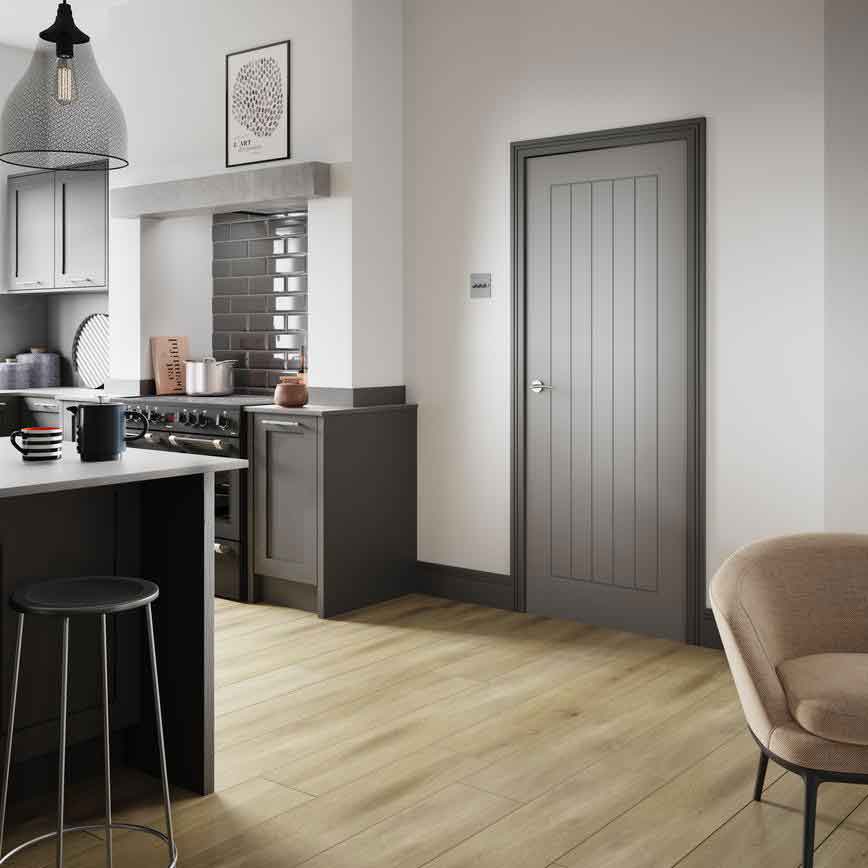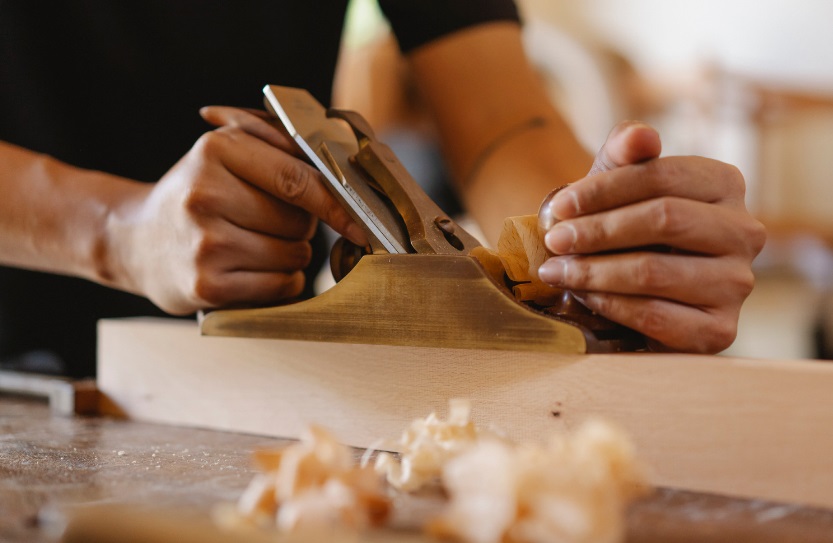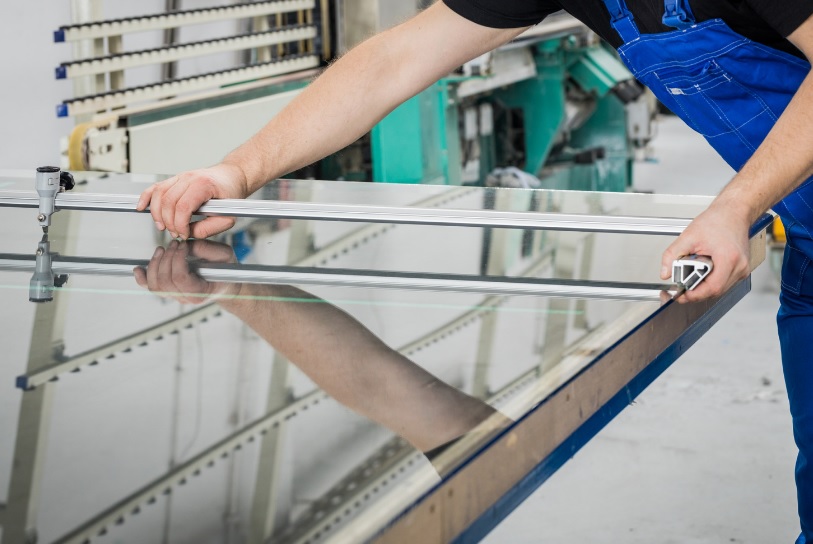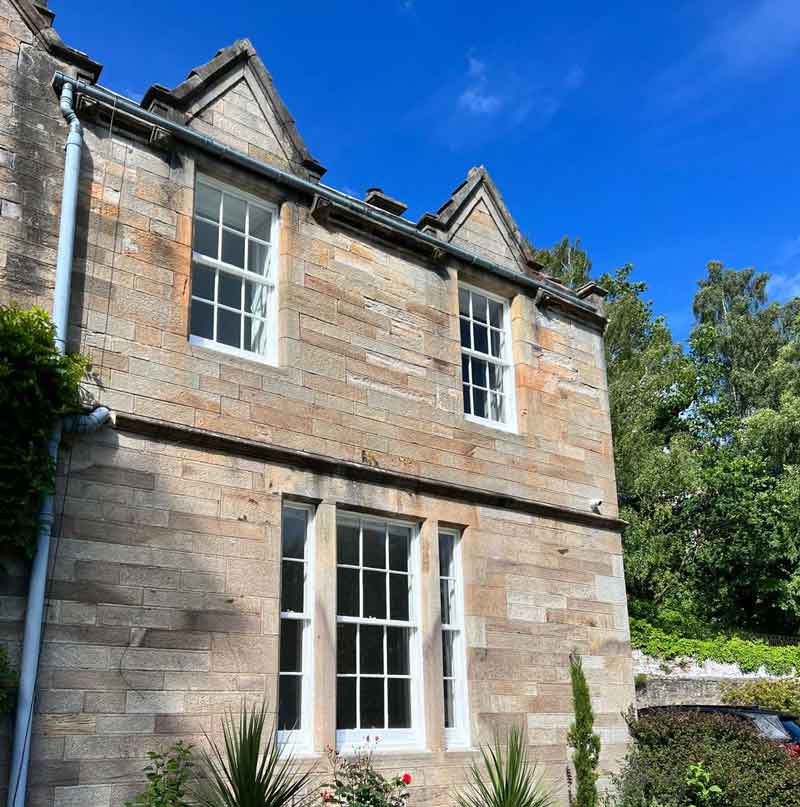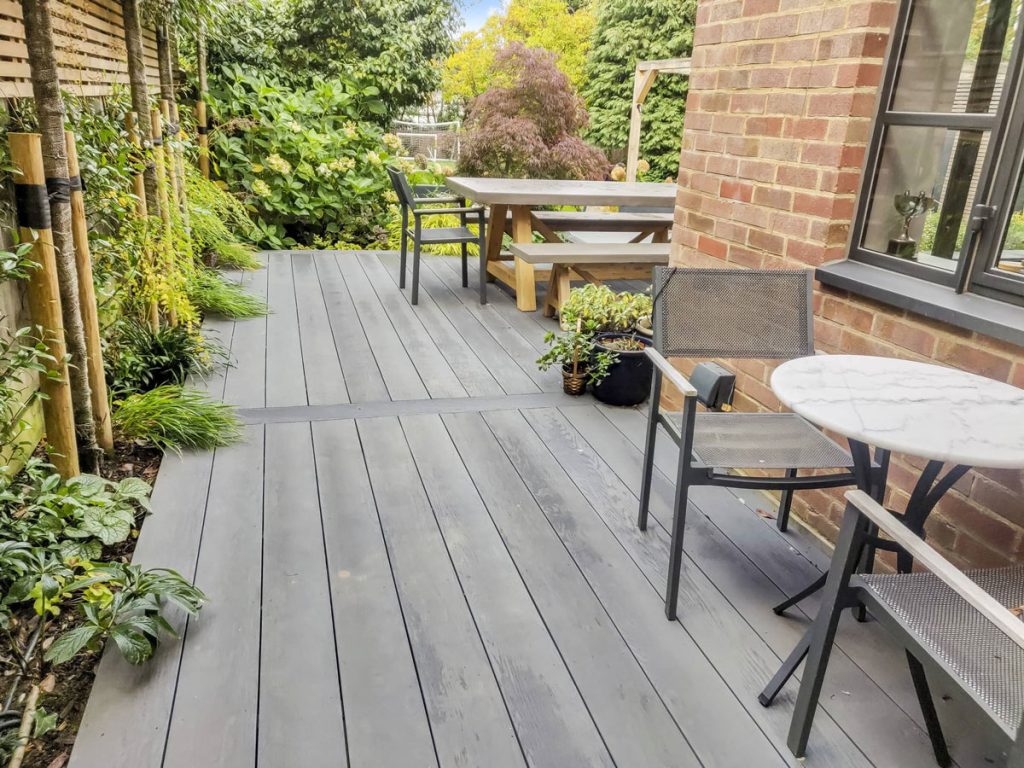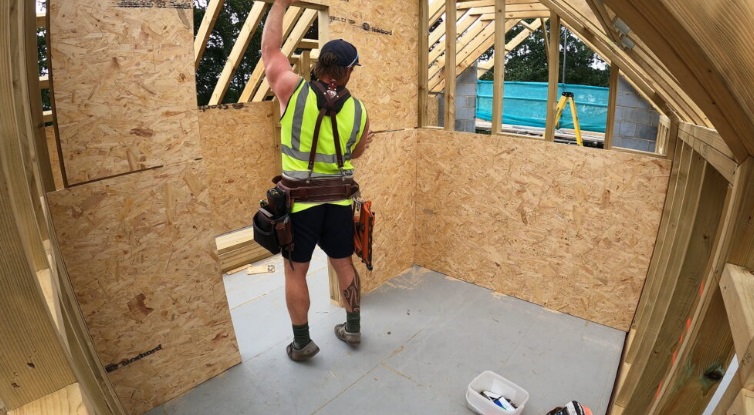Professional Joiners in Bridge of Allan
Introduction
Joinery, an essential trade in the construction and renovation industries, involves the art and craft of working with wood to create structures, furniture, and other intricate designs. In the picturesque towns of Bridge of Allan and Dunblane, located in central Scotland, professional joinery work has a rich history and continues to thrive. This article delves into the nuances of joinery work in these areas, exploring the types of services offered, the significance of skilled craftsmanship, and the local trends shaping the industry.
The Historical Context
Both Bridge of Allan and Dunblane boast a historical significance that contributes to their architectural charm. The buildings in these towns range from Victorian-era homes to modern constructions, creating a unique tapestry of design. Joinery has played a pivotal role in the evolution of these structures, with skilled tradespeople historically being responsible for crafting everything from window frames and doors to bespoke cabinetry.

Types of Professional Joiners in Bridge of Allan
- Residential Joinery
In Bridge of Allan and Dunblane, residential joinery is prevalent, encompassing various services tailored to homeowners. This includes:- Fitted Kitchens: Custom kitchen design and installation have gained immense popularity, with homeowners opting for bespoke solutions that reflect their style and functional needs.
- Wardrobes and Storage Solutions: Tailored joinery provides efficient storage solutions, with designs that maximize space and enhance aesthetic appeal.
- Doors and Windows: Crafting custom doors and window frames is essential for maintaining the historical integrity of older properties while improving energy efficiency in newer builds.
- Commercial Joinery
Local businesses also benefit from professional joinery services. This includes:- Shop Fitting: Tailored joinery solutions for retail spaces enhance the shopping experience, combining functionality with brand identity.
- Office Interiors: The design of office spaces often involves bespoke furniture and fittings that cater to specific business needs, promoting both productivity and comfort.
- Architectural Joinery
This area of joinery focuses on intricate details and custom designs that enhance the overall aesthetic of a building. Services may include:- Staircases: Bespoke staircases can be designed to serve as focal points in both residential and commercial properties.
- Mouldings and Trims: Custom mouldings add character and elegance, often restoring or enhancing the historical features of older buildings.
- Outdoor Joinery
Joinery is not confined to indoor spaces; outdoor joinery work is vital for enhancing gardens and exteriors. This can include:- Decking: Custom decking solutions provide functional outdoor spaces for leisure and entertainment.
- Sheds and Garden Structures: Tailored garden buildings add utility and charm to outdoor environments.
Importance of Skilled Craftsmanship

The importance of skilled craftsmanship in joinery cannot be overstated. In areas like Bridge of Allan and Dunblane, where historical architecture is prevalent, maintaining the aesthetic integrity of buildings is crucial. Skilled joiners not only possess technical abilities but also have an understanding of design principles, materials, and the history of the structures they work on.
- Attention to Detail
Precision is paramount in joinery work. Whether creating a custom kitchen or restoring a historical feature, attention to detail ensures that every element fits perfectly and complements the overall design. - Quality Materials
Professional joiners source high-quality materials that not only enhance the aesthetic but also ensure durability. In an era where sustainability is becoming increasingly important, many joiners are now opting for responsibly sourced timber and eco-friendly finishes. - Customization and Personalization
The ability to create tailored solutions sets professional joiners apart. Homeowners and businesses often seek unique designs that reflect their personal tastes or brand identities. Skilled joiners collaborate closely with clients to bring their visions to life.
Local Trends in Joinery
- Sustainable Practices
A growing awareness of environmental issues has led many joiners in Bridge of Allan and Dunblane to adopt sustainable practices. This includes using reclaimed wood, minimizing waste, and utilizing eco-friendly finishes. Customers increasingly favor joinery work that aligns with their values regarding sustainability. - Smart Technology Integration
The integration of smart home technology is becoming common in residential joinery. Homeowners are looking for ways to incorporate technology seamlessly into their living spaces, whether through integrated lighting in cabinets or smart kitchen solutions. - Emphasis on Craftsmanship
With the rise of mass-produced furniture, there is a renewed appreciation for handcrafted pieces. Many homeowners are investing in bespoke furniture and joinery that showcases unique craftsmanship, viewing these items as investments in quality and individuality.
The Role of Professional Joiners in Bridge of Allan
Local joinery businesses in Bridge of Allan and Dunblane play a vital role in the community. These businesses not only provide essential services but also contribute to the local economy. Many local joiners are family-run enterprises with deep-rooted ties to the community, often fostering relationships with their clients that span generations.
- Community Engagement
Local joiners often engage with the community through workshops and exhibitions, showcasing their craft and educating the public about joinery techniques. This engagement helps to preserve traditional skills and inspire future generations. - Collaboration with Other Trades
Joiners frequently collaborate with other trades, such as builders and architects, to ensure cohesive project outcomes. This teamwork is essential in large-scale projects, where multiple trades need to work in harmony. - Support for Local Economy
By choosing local joinery services, residents of Bridge of Allan and Dunblane contribute to the local economy. These businesses often reinvest in their communities, creating jobs and supporting local suppliers.

Challenges Facing the Joinery Industry
While the joinery industry in Bridge of Allan and Dunblane thrives, it faces several challenges:
- Skills Shortage
The shortage of skilled tradespeople is a concern across the UK. As older generations retire, there is a need for new talent to enter the industry. Encouraging young people to pursue careers in joinery is essential for maintaining high standards of craftsmanship. - Economic Factors
Fluctuations in the economy can impact the construction industry as a whole. Economic downturns may lead to reduced investment in home improvements and renovations, affecting local joinery businesses. - Competition from Mass Production
The prevalence of mass-produced furniture can pose challenges for local joiners. Competing against lower-priced alternatives requires local joiners to emphasize quality, craftsmanship, and unique designs that set them apart.
Professional joinery work in Bridge of Allan and Dunblane is an integral part of the community’s identity and heritage. With a focus on quality craftsmanship, personalized service, and sustainability, local joiners continue to meet the diverse needs of homeowners and businesses alike. As the industry evolves, it is essential to foster new talent and embrace innovation while preserving the traditions that have defined joinery for generations. Ultimately, the work of skilled joiners enriches the architectural landscape and contributes to the character of these charming Scottish towns.

